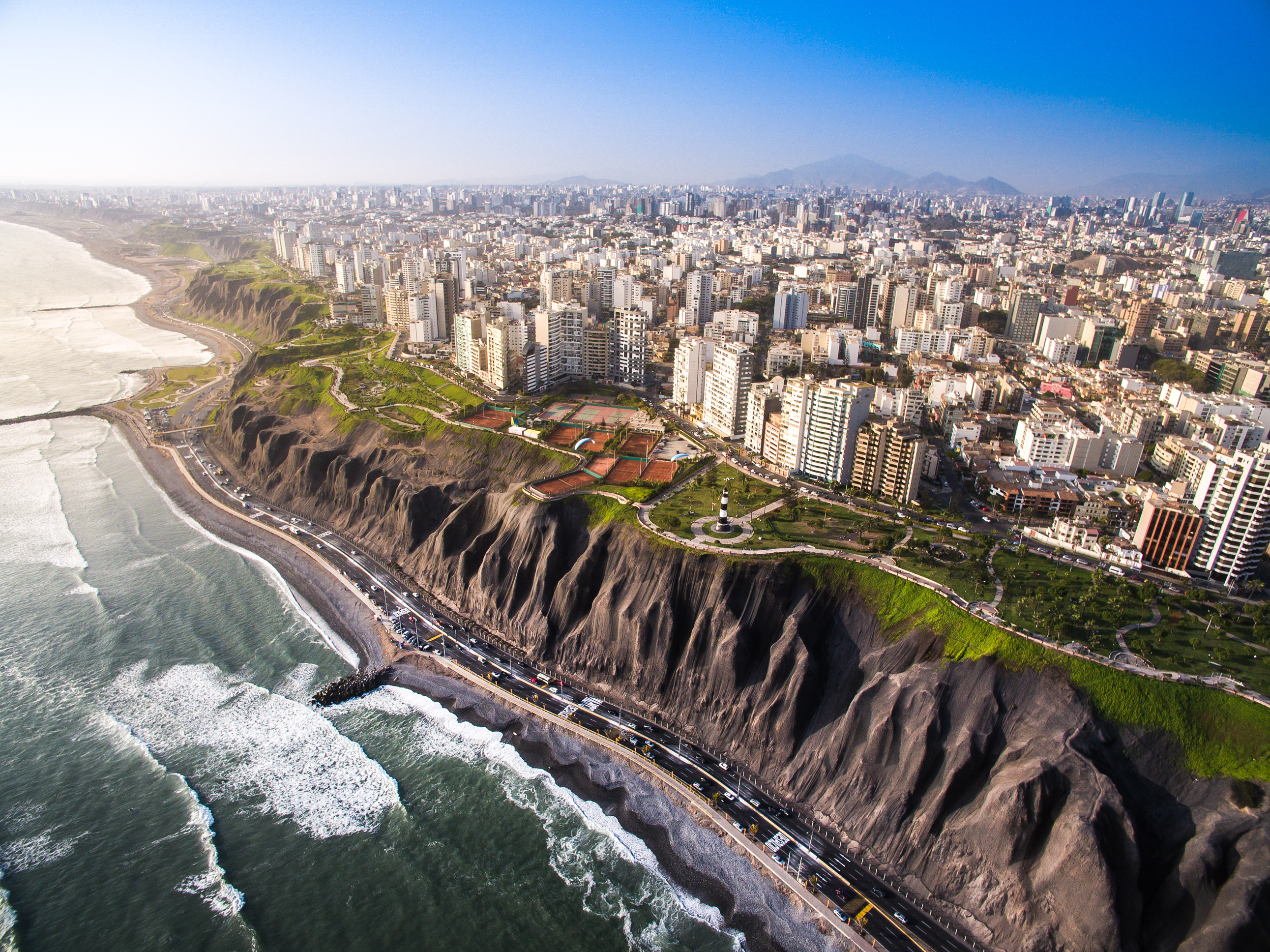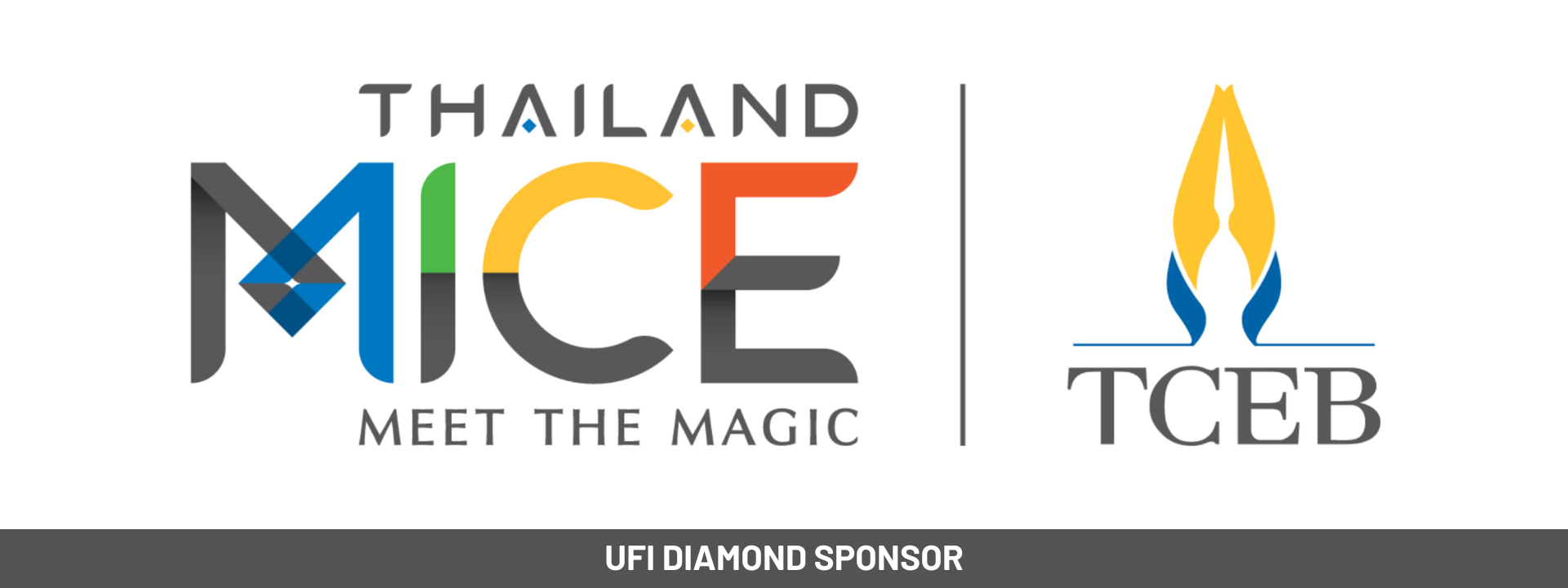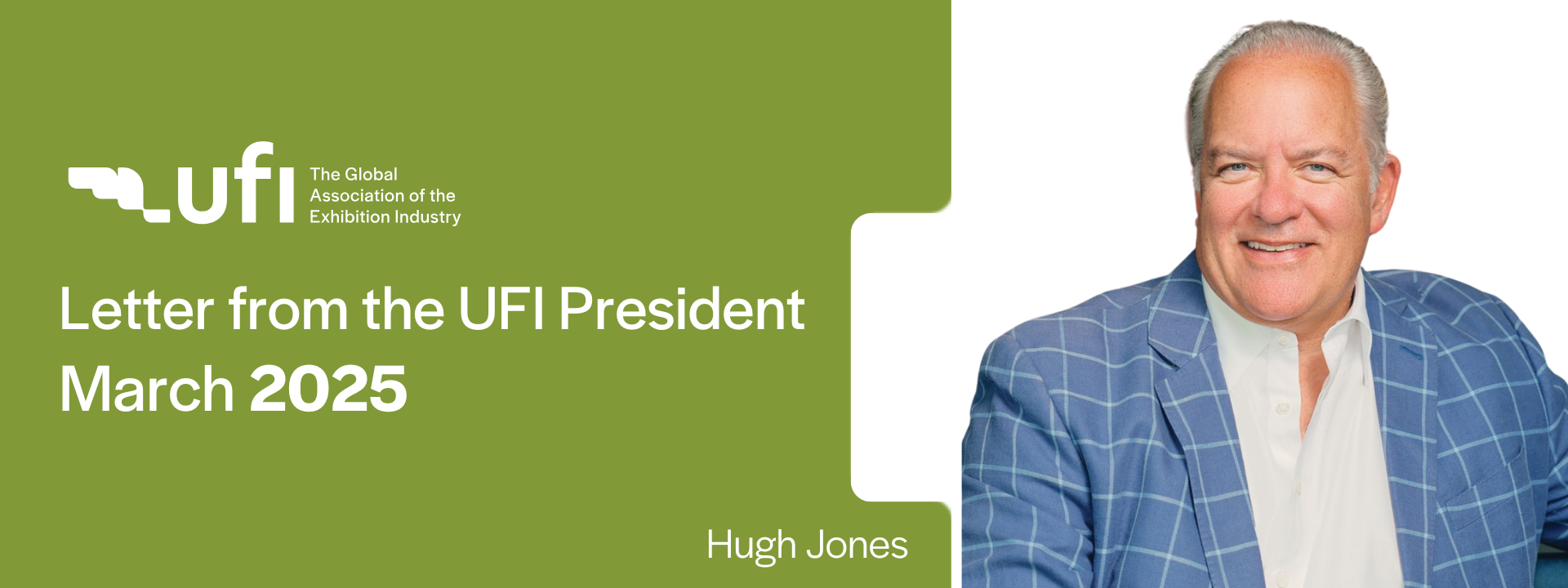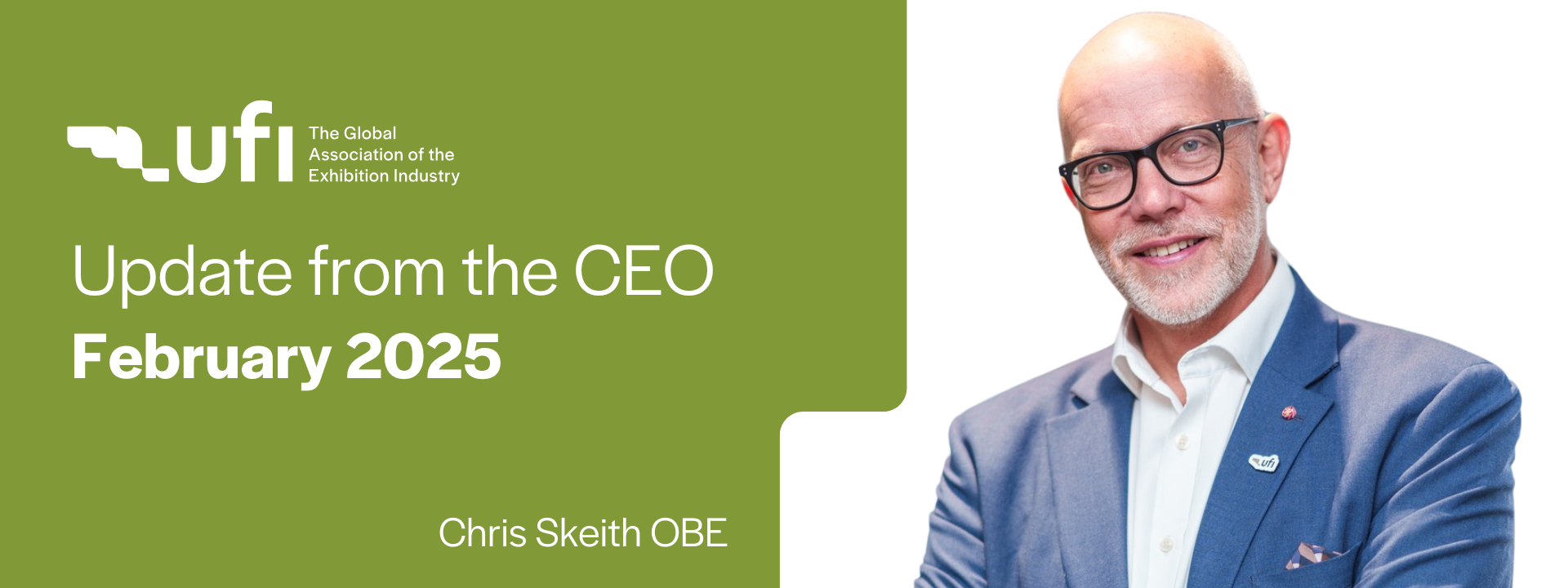With the inaugural UFI Latin America Conference taking place in Mexico City next month, the exhibition industry will soon be paying more attention than usual to a region with a combined GDP of almost $9.5 trillion (Caribbean countries taken into account).
The region presents a mixed bag in terms of opportunity for global organisers and I’m interested to see what the focus of conversation will be both on stage where the content is planned, and in the breaks where the discussion will not be filtered (unlike the coffee, we hope).
Because depending on who you are speaking to, fortunes in the region vary significantly.
There is good news for organiser and investor alike. Last year we saw, for example, activity in the region from more than 25 new global venture capitalist firms – aiding transformation among the start-ups that typically frequent organiser show floors.
There is also the bad; notably an overall decline in venue development and organiser operating profits, according to the most recent UFI Barometer survey.
And then of course, there is the ugly. A faltering economy in the region’s largest country Brazil, the seemingly resolved trade war between the US and Mexico, and the continuing economic experiment that is Venezuela; currently attempting to resolve one of the worst instances of hyperinflation in history.
But while the largest markets Brazil, Mexico, Argentina and Colombia will doubtless be the focus of most of the discussion, it is the fifth largest economy Peru (GDP US$192 billion in 2016), one of the fasted growing in the region, that a worthy winner of some of the limelight.
The economy of this increasingly prosperous democratic market is expected to grow by at least 4.2 per cent this year according to the World Bank, outpaced only by Latin American stablemate Panama. It has stable macroeconomic foundations, and is globally integrated through active membership of pacts such as the Asia-Pacific Economic Cooperation, the Pacific Alliance and the World Trade Organization.
Its economy, traditionally powered by mining, manufacturing, agribusiness and textiles is now experiencing growth in industries such as telecommunications and biotechnology, and industrialising at an average rate of 9.6 per cent according to the CIA’s Industrial Production Growth Rate records.
Building a reputation for trade, not just leisure
“While it is true that Peru is known as a holiday destination, according to surveys made with meeting planners, there is still no awareness about our MICE offer,” explains Jaime Cardenas, director of the Peru Trade and Investment Office in the UK. “The meetings industry in our country represents approximately nine per cent of the total number of arrivals. This is a fast-growing segment, which has promoted the creation of new services to satisfy the growing demand.
The country’s strategic plan – working together with the private sector on promotion, recruitment and professionalisation is a familiar one, but it appears to be positioned better than most to benefit from it, unlike neighbours wrestling with major economic ailments.
“There is a lack of knowledge of the Peru brand as a MICE destination. Likewise, there is a lack of knowledge about the offer of specific products and services for the MICE segment,” says Cardenas.
The trade promotion organisation Promperu has been vocal about the expansion of its MICE infrastructure in the leading destinations Lima, Ica, Arequipa, Cusco and Tacna. “We are looking to improve our offer, to professionalize the sector, and to create a sustained demand that seeks unique experiences,” says Cardenas.
Peru’s best-known fair ground is almost certainly located in Macchu Picchu. But from the photos I’ve seen of it, it’s safe to assume trade shows there are rare. So it is good news then that more modern arrangements are available. A new convention center has been built in the capital, Lima, with capacity to host approximately ten thousand people in its 86,000sqm covered space, and to host congresses and conventions in four floors of auditoriums totalling 15,000sqm.
There is also a project for the construction of a 200,000sqm fairground in the south, half an hour from downtown Lima.
This development is being followed by investments from international and national hotel chains. Hyatt recently opened a hotel in Lima, and new projects have been announced by the Accor chain with its Ibis brand, and Novotel, again in the capital.
Of course, large global exhibitions remain scarce – but they do exist; primarily in the mining and textiles industry – most notably Expomina, considered the largest mining machinery exhibition in Lima and Perumin which has also established itself as one of the more important mining and technology exhibitions, while PeruModa presents the Peruvian fashion industry to the world.
There is more work to be done to give this ‘Pacific Puma’ a reputation for exhibitions that compares with its other business events, and the fact remains that regional events will continue to take place in the leading markets of Brazil, Mexico, Argentina and Colombia. But despite the size of these markets, obstacles to entry remain – not least where economic instability is at play. And not everybody operates on the scale of Informa-UBM, Reed or Messe Frankfurt.
Events such as UFI’s Latin American conference will help to draw attention to the global exhibitions potential of countries such as Peru.






Leave A Comment